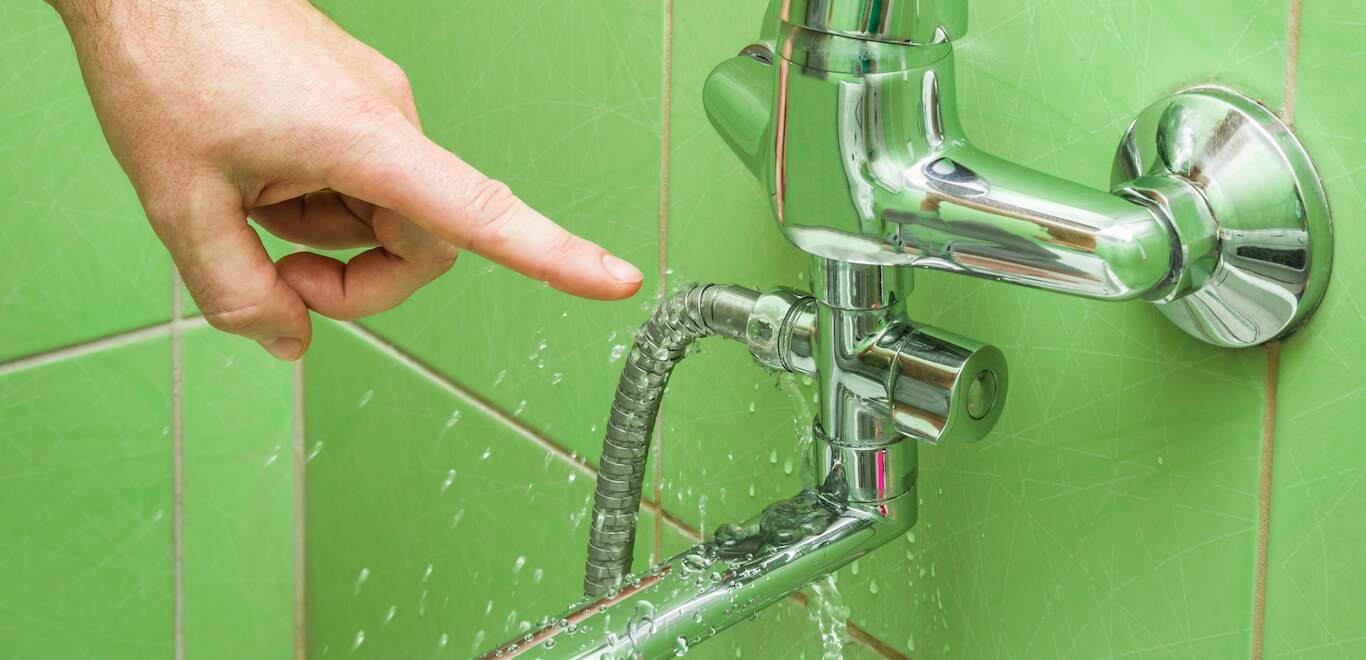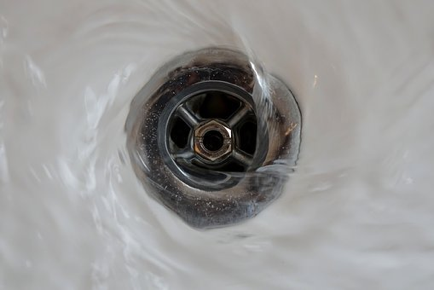Emergency Solutions for Plumbing Issues in Rental Properties
Emergency Solutions for Plumbing Issues in Rental Properties
Blog Article
What're your ideas concerning How to Handle Plumbing Issues in Rental Properties?

Managing pipes issues in rental properties effectively is important for keeping renter contentment and preserving the property's value. Whether you're a proprietor or a home supervisor, knowing exactly how to resolve these common issues can conserve you time and money while making sure conformity with legal responsibilities. Below's a step-by-step guide on how to manage pipes issues in rental residential properties.
Document Whatever
Maintain thorough records of all reported plumbing problems and the activities required to resolve them. Documentation ought to consist of days, summaries of the problem, communication with renters, and invoices from contractors or plumbing technicians. This info can be critical for insurance claims, tax deductions, and legal protection.
Use Qualified Professionals
Always utilize accredited and insured specialists for significant pipes repairs and installations. This ensures that the work is up to code and can help prevent obligation problems in case of crashes or more damages. It likewise guarantees occupants that fixings are being taken care of properly.
Develop Clear Interaction
Motivate renters to report any pipes concerns as quickly as they happen. Offer multiple communication channels such as phone, e-mail, or a lessee site to make it easy for them to connect. Prompt feedbacks to these reports can stop minor issues from escalating into major issues.
Inform Lessees
Educate your renters about what makes up a pipes emergency and what does not. Provide guidelines on how to manage minor concerns themselves, such as using a bettor to unclog a commode. Also, inform them about what they must prevent taking down drains to stop obstructions, such as grease, coffee premises, and non-biodegradable things.
Regular Upkeep
Execute a routine upkeep schedule for all plumbing systems in your rental buildings. Normal checks can help identify and resolve problems like leakages, slow drains pipes, or corroded pipes before they become major. Consider working with a professional plumbing to evaluate the buildings every year or semi-annually.
Quick Feedback to Emergency Situations
Have a plan in place for reacting to plumbing emergencies. This must consist of having the contact info of trusted pipes solutions that provide 24/7 emergency situation repair services. Quick activity is vital to lessen damages in situations like ruptured pipes or severe leaks.
Preventive Upgrades
Consider updating older plumbing systems and components to more modern, effective designs. This can minimize the frequency and intensity of pipes issues and reduced long-term maintenance expenses. It's also a marketing point for possible tenants that value upgrades and modern-day attributes.
Tenant Move-Out Inspections
Conduct thorough plumbing checks during move-out evaluations to make certain that any problems are identified and dealt with prior to a new occupant relocate. This protects against disputes with brand-new tenants over pre-existing problems and ensures the home remains in top problem.
Understand Legal Obligations
Understand your lawful duties relating to pipes and basic residential property upkeep. A lot of territories need property managers to guarantee their buildings are habitable and that all pipes systems remain in good working order. Failing to deal with major problems promptly can bring about lawsuits from tenants.
Renter Reimbursements
If a pipes problem needs prompt attention and the renter settles the concern by themselves, have a clear plan in place for compensating prices. Make certain renters know they must acquire previous authorization for higher-cost repairs unless it's an outright emergency situation.
Verdict
Handling plumbing issues in rental residential properties requires a proactive strategy and great communication with lessees. By remaining on top of upkeep, responding without delay to emergency situations, and utilizing professional experts, landlords can keep their residential or commercial properties in exceptional problem and preserve great partnerships with occupants.
How to Handle Water Damage in a Rental Property
What is Water Damage?
Water damage is harm or destruction caused by water entering areas where it is not supposed to be. It can be caused by a variety of sources and can manifest in different ways. The most common examples of water damage include:
Leaking roof Plumbing leaks Appliance malfunctions Poor drainage Flooding Sewage backup Condensation Tenant negligence HVAC system issues Frozen pipes Is water damage dangerous?
Water damage itself is not inherently dangerous, but it can lead to various hazards and health risks if not promptly and properly addressed. The severity of these risks depends on the extent of the water damage, the source of the water, and how quickly it is mitigated.
Some potential dangers associated with water damage include structural damage, mold and bacterial growth, electrical hazards, water contamination, and pest infestations. In situations where mold and mildew have gone unaddressed, mold can start to develop within 24-48 hours of water exposure, and this can impose a serious health risk to tenants. In particular, mold spores and damp conditions can lead to respiratory issues and even make existing health problems worse, such as allergies, asthma, or immune disorders.
Water Damage in an Apartment - Who is Responsible?
If the water damage is caused by the tenant’s negligence, the tenant is responsible for the cost of repairs. If the water damage is caused by a defect in the property, the landlord is responsible for the cost of repairs. If the water damage is a result of natural causes, such as excessive rain, then the landlord is responsible, since the water intrusion likely occurred due to a defect in the property. Landlord Responsibility water damage in rental property
Since maintaining habitability is the landlord’s legal responsibility, landlords are responsible for any resulting structural damage caused by water damage. These structural damages may include damage to walls, roofs, ceilings, and flooring. If water damage has affected the rental property’s original structure, the landlord is responsible for repairing or replacing those materials. Therefore, landlords should have property insurance that covers the structural components of their rental property so that they can receive help with the costs of covered events.
Preventative measures can also help landlords avoid massive renovations. Preventative maintenance may include conducting regular inspections to identify and address potential water damage before it becomes a major and urgent problem.
If a landlord fails to meet their responsibilities regarding water damage, it can lead to legal disputes and potential liability. Tenants who believe their landlord is not addressing water damage issues in accordance with California law can seek legal advice or contact local housing authorities for assistance.
https://www.goodlifemgmt.com/blog/water-damage-in-a-rental-property/

As a fervent person who reads about How to Handle Plumbing Issues in Your Rental Property, I thought sharing that excerpt was a good idea. Appreciated our piece of writing? Please share it. Let others discover it. Many thanks for going through it.
Report this page